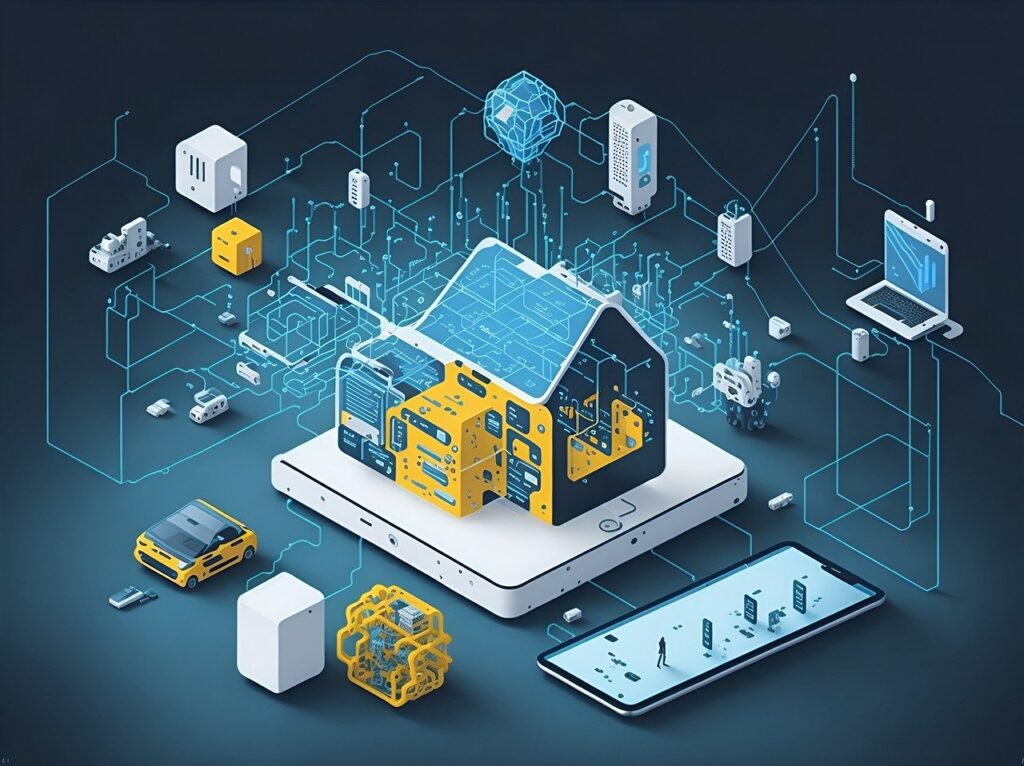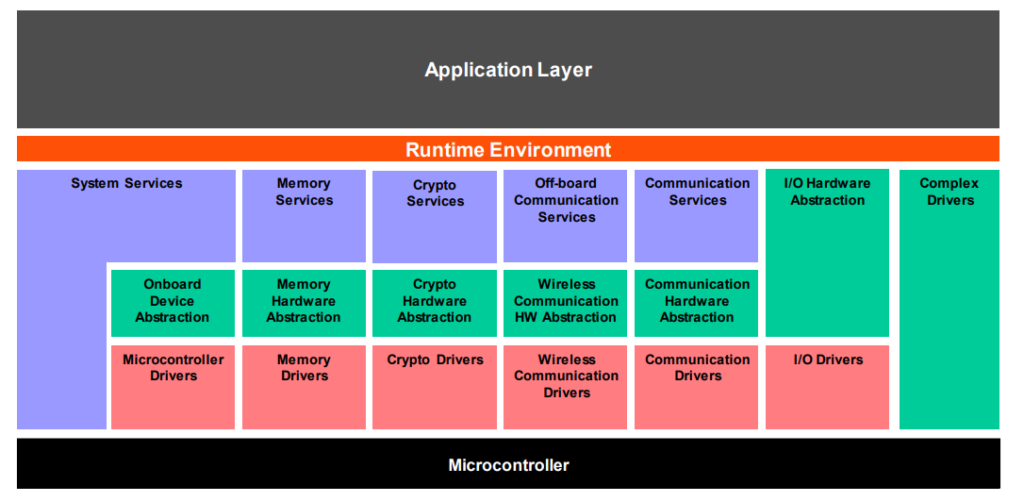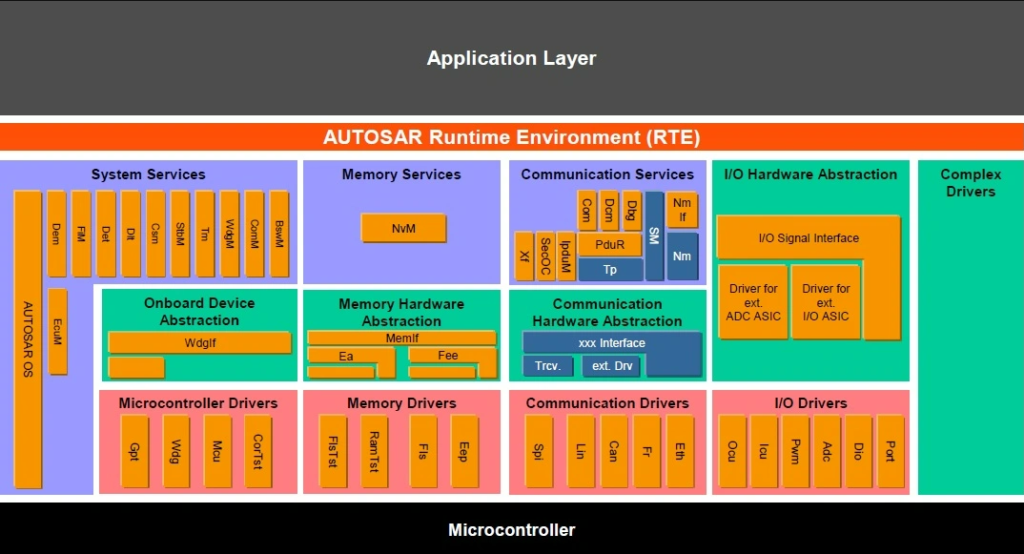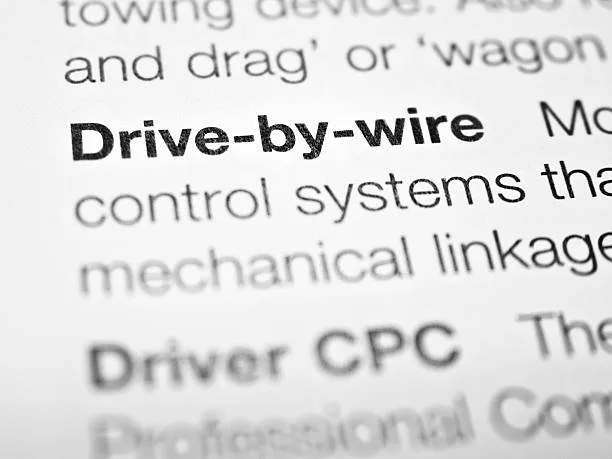The Internet of Things (IoT): The Connected World
The Internet of Things (IoT) is transforming the way we live, work, and interact with the world. By connecting everyday objects and devices to the internet, IoT enables them to collect, exchange, and act upon data autonomously, creating a network of “smart” devices. From smart homes to industrial automation, IoT is shaping the future by enhancing efficiency, convenience, and decision-making across numerous sectors.







